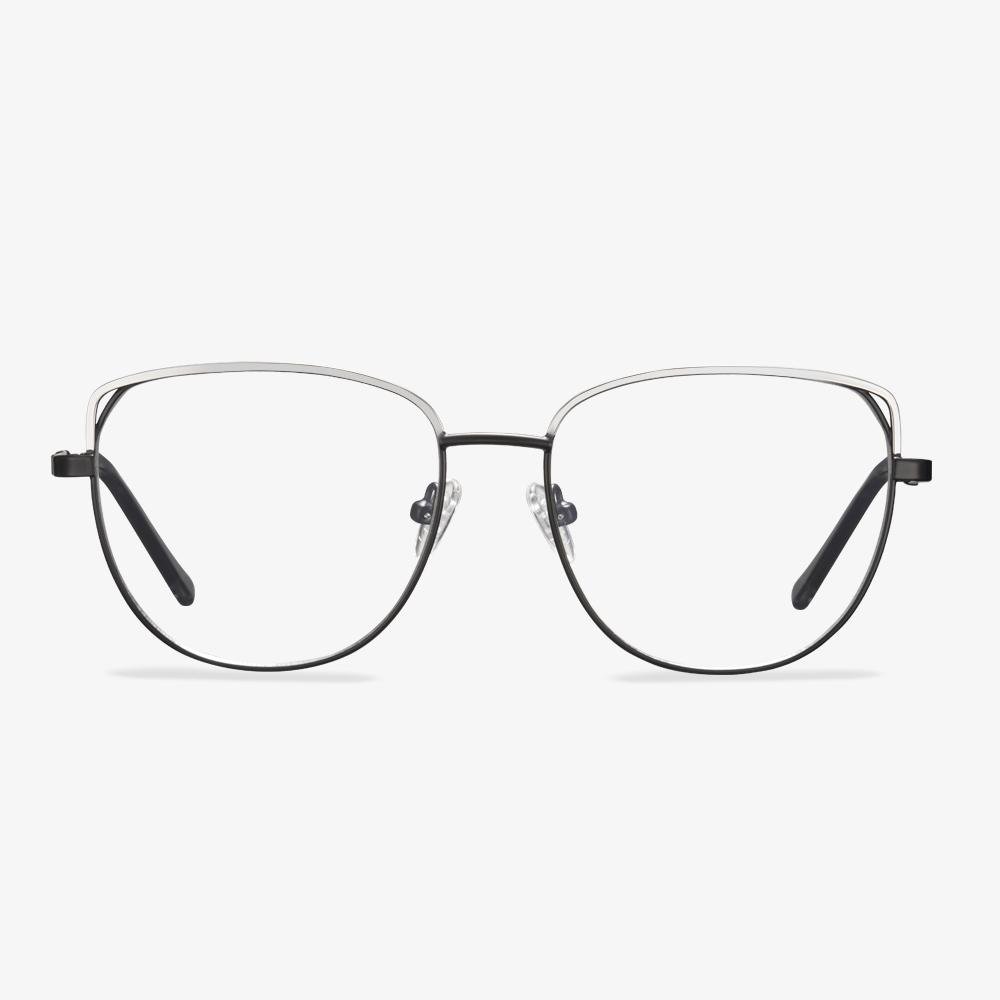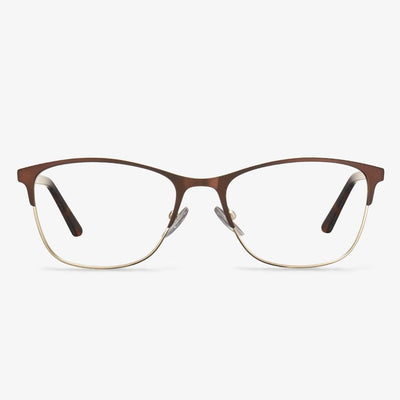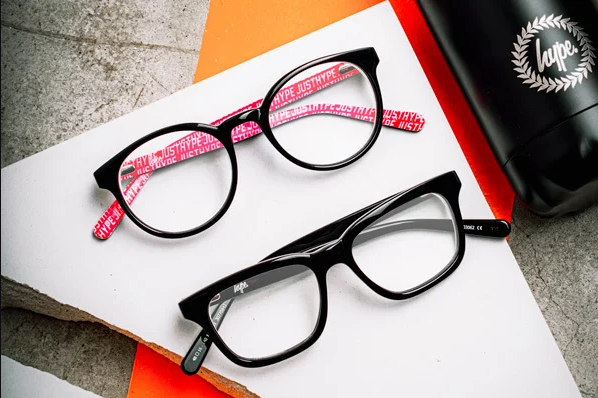Can You Wear Blue Light Glasses All Day?
Can I wear blue light glasses all the time? You may also have the query. To answer this question, you need to know one thing that the blue light isn’t inherently bad for you but an excess of blue light will lead to some negative effects.
The natural sources of blue light from the outdoors and from sunlight is good for you. In addition, since the HEV wavelengths is important to our moods and sleep rhythms, blue light can be used to treat seasonal effective disorder and other mental health issues.
The blue light glasses is used to guard against artificial source of blue light that deliver excessive amounts of this wavelength to your retinas. So, if you need to stay daytime hours under artificial light or working at a computer, you had better wear your blue light blocking glasses during the day.
So, is it bad to wear blue light glasses all day? The answer is negative.
How Do Progressive Lenses Work?
In this section, we will show you how progressive lenses work. With digital progressive lens, there are dozens of incremental prescriptions between the distance and reading sections. You have to point your nose at what you are looking at. However, it is difficult for some people to get used to the progressive lenses and it may take some time to adapt to them. You can read the post: How long should it take to get used to progressive lenses to learn more.
Because progressive lenses work like how your eyes do, many people prefer them over bifocals. They also have more lens options such as colors and materials than bifocals, so they are becoming more popular.
How to use the eyeglasses holder straps?
Slide the plastic holder at each end of the string to the ends of the eyeglass arm. Some glasses retainers have pockets at the end of the line instead of plastic retainers.The pockets cling to the arms of the glasses. Tie the string around your head and put your glasses on. Have the rope tied around your neck and your glasses in front of you. If you want to take your glasses off for a while, hold them over your chest and release them so they can hang on the cord.
Try to avoid wearing the following glasses.
If you need to wear glasses while driving, you'll need special glasses when driving at night, because common lenses reflect oncoming lights, which produces a faint glare. This will reduce your visibility. It's OK to wear contact lenses while driving. As you get older, your eyes become more sensitive to glare. Ordinary sunglasses or goggles are only suitable for wearing during the day, driving at night will seriously affect the vision (national standards stipulate that light transmittance of night driving glasses must be greater than75%). Although the all-weather driving glasses can weaken the strong lights, the vision darkens and affects road safety which does not meet the national standards for driving glasses at night. You should choose functional driving glasses that can block strong light, glare and increase the field of vision. This can effectively reduce the glare of the car lights but can filter out the extra harmful light. When worn at night, it can soften the strong lights and make the vision clearer. In this way, the safety of drivers is ensured, the fatigue of eyes is alleviated, and the radiation damage of harmful lights to glasses is prevented.
Disadvantages of progressive lenses
Wearing progressive multifocal glasses for the first time may cause slight dizziness and shaking when walking. Be careful when moving up the stairs. The perception of space changes, the perception of the distance of the object, and the perception of depth have changed. New wearers should not drive immediately and do vigorous exercise. When you look close, you need to turn your eyes down, and your eyes are mildly uncomfortable. Seeing the object through the blurred vision area around the lens, the object becomes blurred. Therefore, when new wearers look at things, turn their heads more, turn their eyes less, try to use the far-distance zone, the near-distance zone, and the middle-distance zone to see the object.
Color process of Contact lenses
Pigment printing process
It refers to the direct printing of pigments or patterns on the inside of the lens and then drying, which is the main production process of poor-quality chromatic contact lenses. Usually, small factories and small workshops use this method. The lens is being phased out because the pigment can easily seep out from the surface during wearing, causing discoloration and staining, and irritation to the eyes, which is a big risk.
Pigment build-in process
To be specific, the lens made by sandwich technology is a three-layer structure, the front and rear are colorless transparent layers, and the middle is a colored layer. After the processing of sandwich technology, the color layer is wrapped in the middle of the front and rear transparent layer, so that the pigment will not contact the eyes, which will not cause irritation and injury to the eyes. The downside of this process, however, is that the lenses are slightly thicker than normal contact lenses and are less oxygen-permeable, so they are not suitable for long-term wear.
The pressed film manufacturing process
This is a relatively new method of a similar sandwich process, and the color (pattern) is also made between the front and rear layers of the lens. But the color (pattern) is used to fill in the film process. During lens curing, the pigment seeps into the material instead of sticking to the surface. It feels as if the lens is covered in color within a single layer. This reduces the middle layer and makes the lens thinner, which naturally makes it more comfortable and permeable to oxygen.
Glasses should not have serious color differences.
Children's eyes are not fully developed, and the eyeball is still growing slowly, at this time it is best not to wear such blue light glasses with the serious color difference. If you always see things with color differences, it will cause eye discomfort, resulting in increased myopia, but the opposite. The big color difference will cause low light transmittance, affecting child macula development. In the case of long-term distortion and discoloration, visual physiology and psychology will be affected.
Blue light glasses for children have special lenses that block some light waves, which may help protect children's growing eyes from digital eye strain. Blue light lenses sometimes have a slight yellow tint. You can buy prescription or non-prescription glasses with child-size frames and lenses that filter blue light. They don't filter out all the blue light, but they can reduce your child's exposure to blue-violet light by 80 percent or more.











































